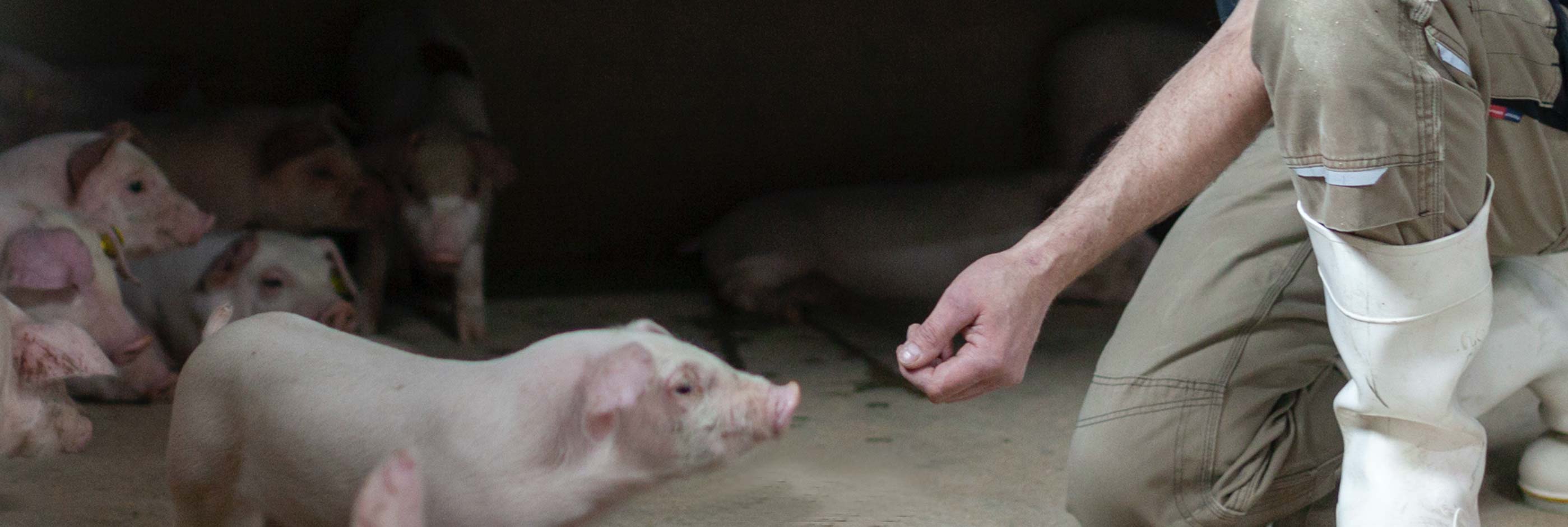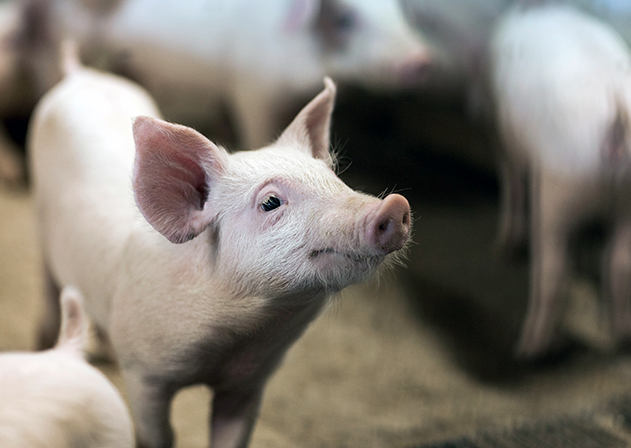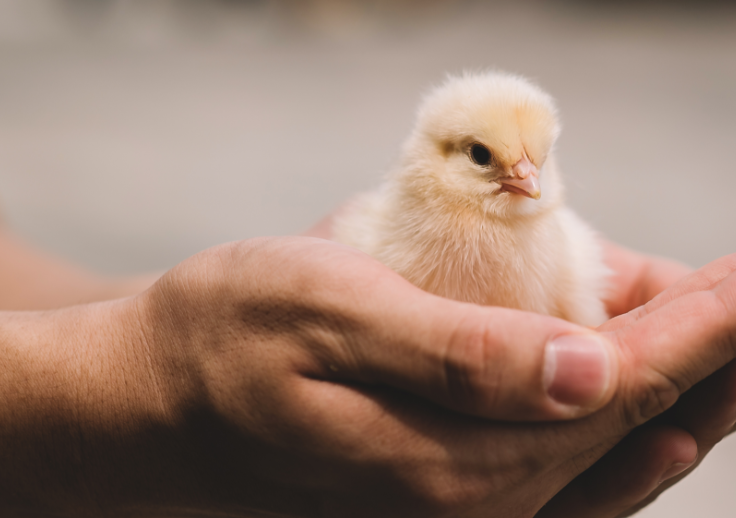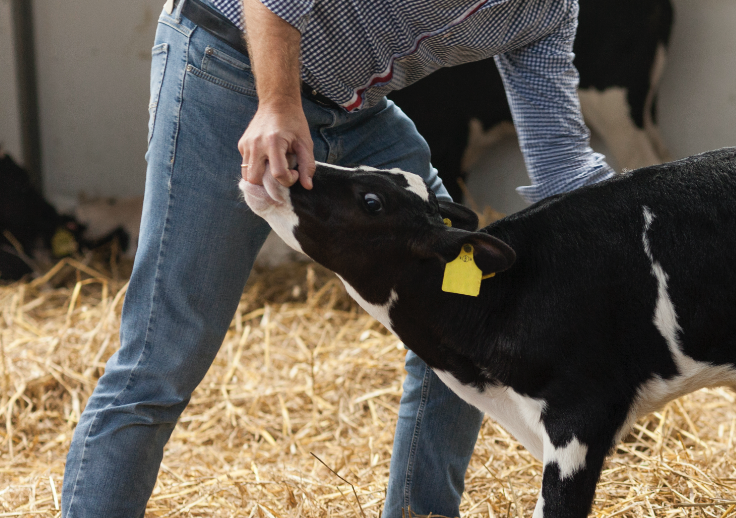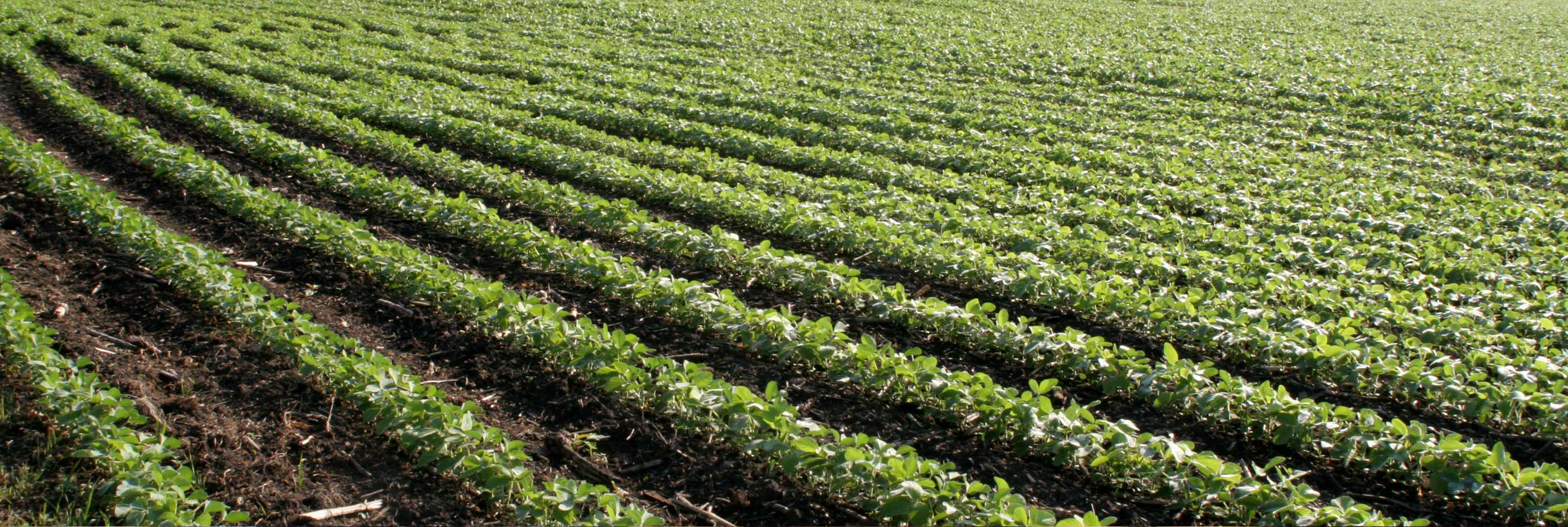Healthy animals - healthy business

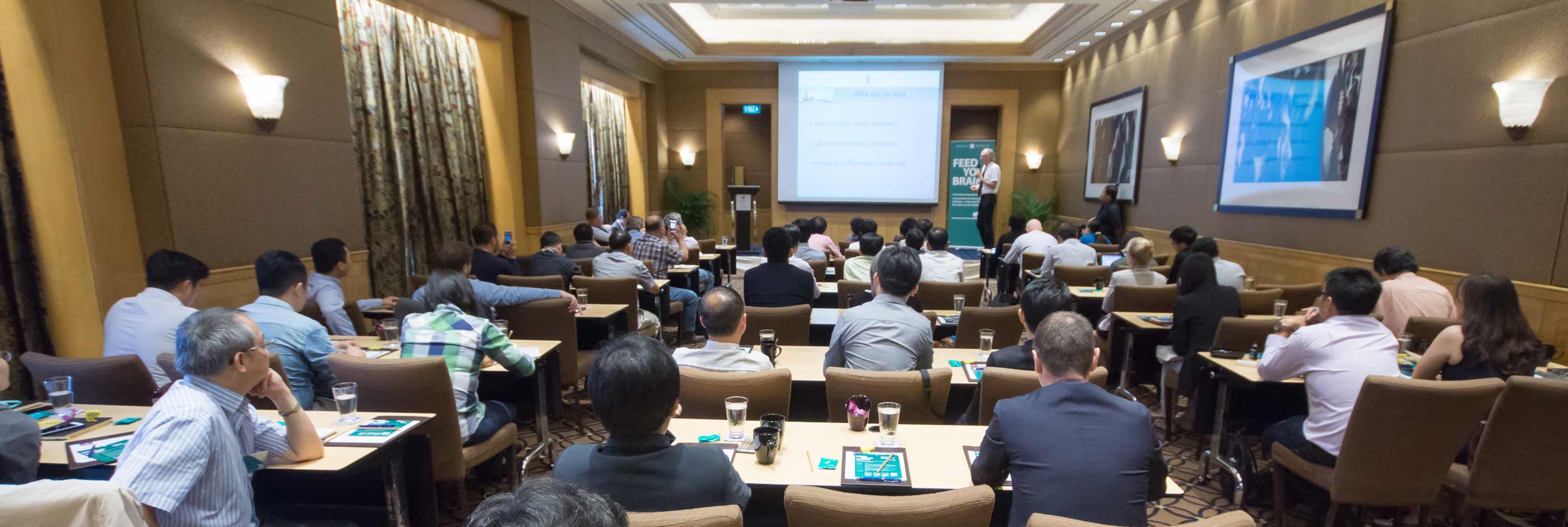
Feed your brain
Explore our library of videos, articles and presentations and get up to date with the different types of soy protein and their influence on young animal nutrition. Get an overview of upcoming seminars and exhibitions where you can get in touch with our experts in nutrition.
